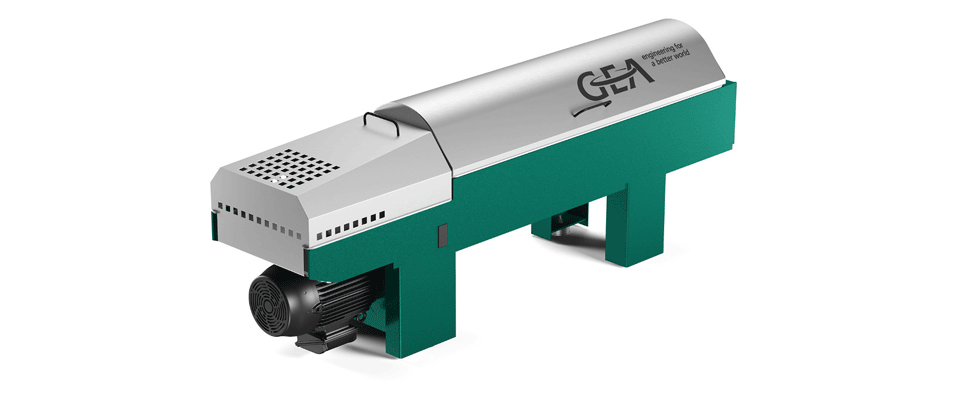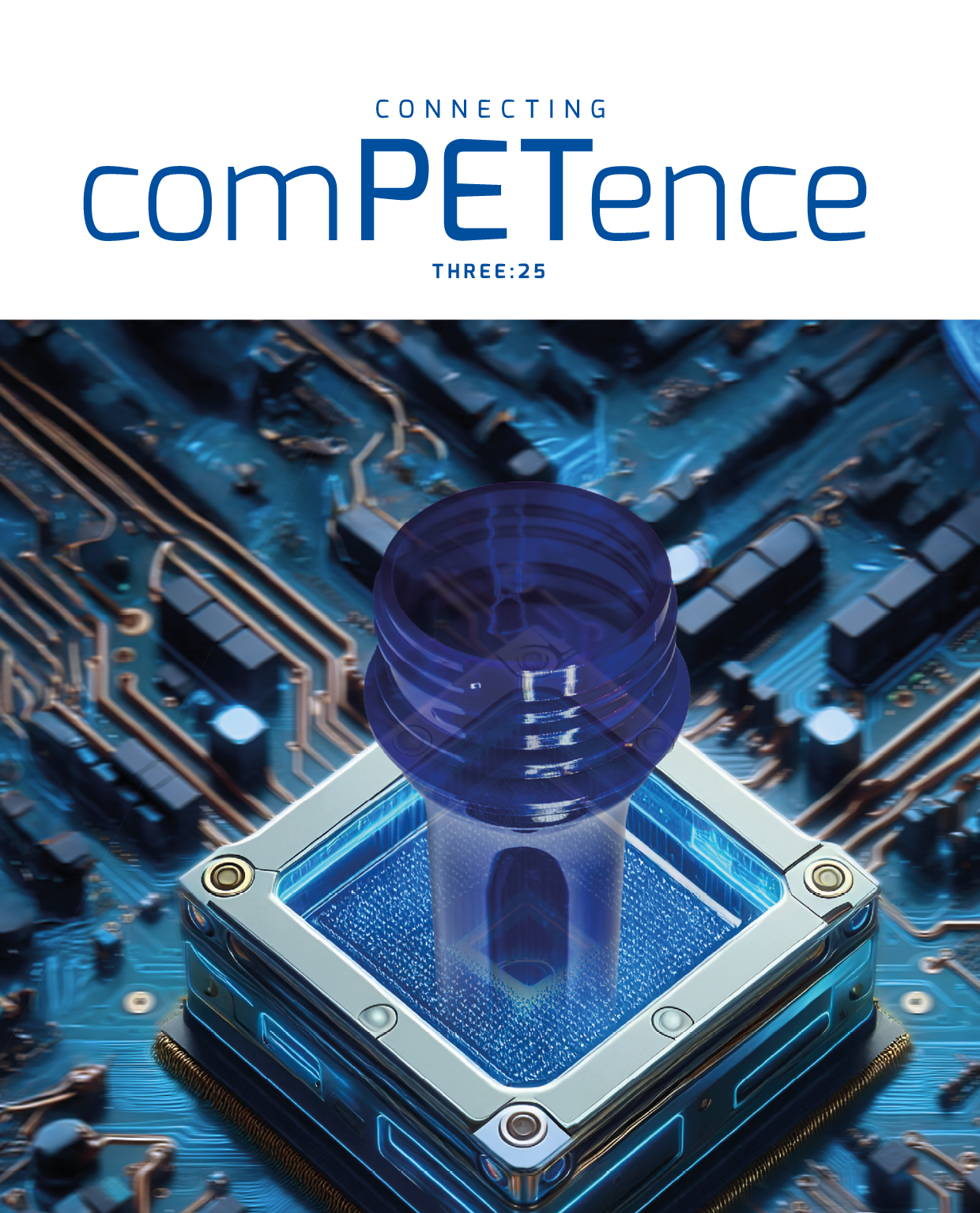Numerous decanters have already been delivered and installed by plant manufacturers to turnkey PET recycling plants all over the world - including Mexico, North America, Saudi Arabia, Thailand, Japan, New Zealand, Great Britain, Romania, Poland, Portugal, Austria, Germany and the Netherlands.
The requirement of GEA decanters will continue to rise as the usage of PET containers around the world is increasing and growing. This and the simultaneously increasing trend towards reuse are leading to a large amount of washing water being produced in the recycling process. This is where the GEA decanters become a valuable asset.
How GEA technology works for the environment
PET containers are made of polyethylene terephthalate (PET). This is a thermoplastic produced by polycondensation and belongs to the polyester family. One of the raw materials used in its production is petroleum. But how are used PET bottles turned into rain jackets, sports shoes, running shirts, fibers, for example as fleece for functional clothing or cushion filling, filing baskets, binders or the processing of the polyester in hygiene products such as wet wipes, bed fillings, reusable bags, car boot linings, sports and functional garments, right through to "bottle-to-bottle" recycling, which requires very tedious process of cleaning of used PET bottles?
In the recycling process, old PET products are first shredded into small pieces of two to three millimeters. Then hot and cold washing and subsequently caustic water is carried out to remove dirt such as sand, solids, sticker and adhesive residues.
In order that washing water and expensive alkaline solutions do not have to be constantly replaced or the equipment and machines required in the subsequent process do not become clogged, all contamination must be removed from the water circuit during cleaning. GEA sludge Decanters pro with very high G force and torque handling capability are used here in the recycling industry. The washing water cleaned by this process can be fed back into the process cycle. This protects the environment and reduces production costs. Thus, an efficient separation system contributes invaluably in maintaining the water circular economy. The cleaned PET flakes are then available for further use.
GEA sludge Decanter pro: Technology based on over 125 years of experience
The pro line is based on GEA's decades of market-leading expertise in the field of wastewater, with which pioneering processes and technologies for sludge treatment are continuously being developed. The high degree of standardization and the modular, compact design of GEA sludge Decanters pro ensure simple "plug & play" integration into established processes with little need for adaptation, as well as a fast delivery time. A further advantage is their high energy efficiency: Consuming only up to 0.7 KW/h per cubic meter of sludge dewatered. GEA offers the pro line in nine machine sizes with throughput capacities ranging from 1 m³/h to 120 m³/h - also as skid, mobile or retrofit solution. With this portfolio GEA ensures high flexibility in application.
Great customer advantages not only in the cleaning process and result
In addition to the cleaning results and cost savings, the customer has a whole range of other advantages that lie in the technology. For example, there is high corrosion protection for all components in contact with the product through the use of stainless steel materials, a small space requirement, a long service life, a closed system without aerosol emissions and continuous operation. GEA's worldwide subsidiaries provide commissioning and service of the plants at low cost, professionally and quickly.









